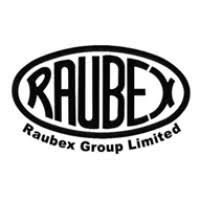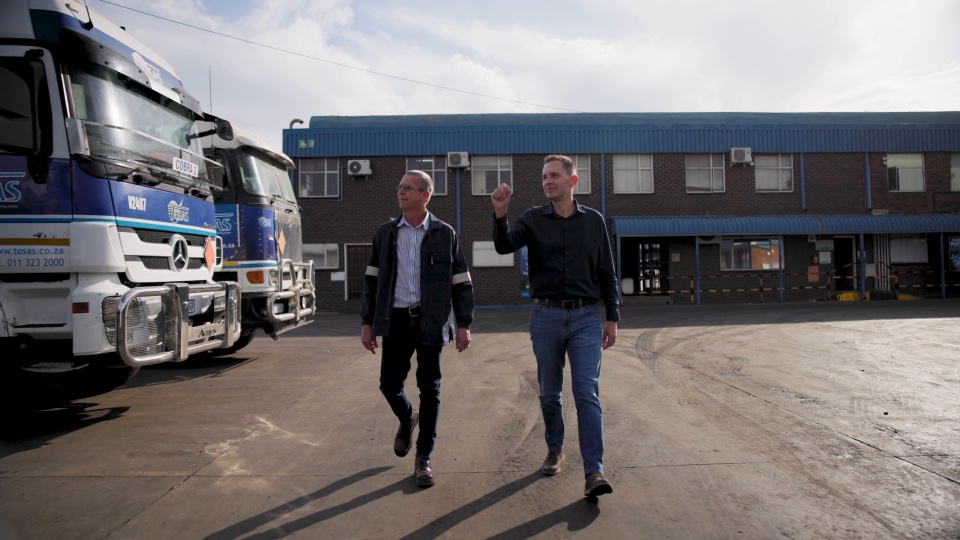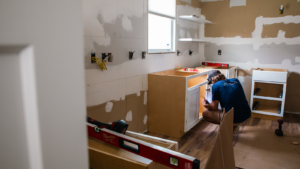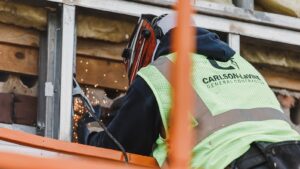After trying to deploy a legacy ERP for more than three years in a project that was over budget,
the South African construction conglomerate Raubex’s Materials Handling and Mining division
implemented Acumatica Advanced Construction in just five months. The companies gained an
easy-to-use platform that improved data visibility, inventory management, and reporting.
Two companies operating under the Materials Handling and Mining division of Raubex, South
Africa’s leading infrastructure development and construction materials supply group, tried to
implement a legacy ERP for three years before giving up.
Raumix is a leading supplier of aggregates and sand in the construction industry and Tosas,
a manufacturer and supplier of quality bituminous products for road paving. Both are run
independently from Raubex, which is listed on the JSE and is comprised of some 30 different
entities that offer road and civil engineering contracting, construction materials provisioning,
and mining services.
Executives from the two companies ended the prior implementation citing costly consultants,
poorly configured setups, and siloed modules.
“The prior implementations took two or three years longer, and six to 10 times the original
cost that was budgeted for the implementation,” says IR Van der Merwe, Divisional Finance
Manager over both companies.
The legacy ERP needed heavy customization, which was expensive. In addition, seemingly
minor adjustments required expensive consultants, which drove up costs and lengthened the
implementation. Every time the ERP tried to update its system, it shut down operations of both
companies, causing them to lose business, executives say.
“Getting data out of the system was slow, partly because the consultants set up the software
for both companies in a single folder, which caused a lot of issues,” says Nico Van Zyl, Chief
Financial Officer of Raumix.
Adds Paul Jankowitz, Chief Financial Officer of Tosas, “It also had a lot of add-in modules that
didn’t work seamlessly. The ERP was built from a large variety of standalone systems that
were bolted onto a certain basic structure, and to get all these subsystems and sub-modules to
work together was a very big challenge.”
The two companies used PWC as the implementation partner and an outside consultant
familiar with the legacy ERP. The companies were told implementation was impossible
without a special team of either auditors or system accountants. “That just explains how
difficult the whole setup was, and even then they still got it wrong,” says Van der Merwe.
“Those consultants normally don’t understand the business so they set it up according to
their best practices.” As a result, he says there was a large communication gap as to what the
companies needed and how the software was set up.
Raumix and Tosas needed additional software applications for tracking and weighing materials
they mined and sold and for procurement. In addition, the ERP didn’t provide field services,
remote access, or the ability to track equipment, executives say.
“After three years, we were still not a hundred percent happy with the whole setup,” says Van
der Merwe. “So that’s why we looked for an alternative solution.”
Executives looked at what other entities were using. Since each operates independently, they
weren’t required to use a common ERP, Van der Merwe explains.
Tosas needed a modern ERP that could handle a high number of transactions, credit limits,
and connect with weighbridge software. This software manages truck scales and weighing
data, helping materials handlers manage materials received, sent, and transferred internally.
In addition to those same requirements, Raumix needed an inventory or stock management
system integrated with the financial system
 Canada (English)
Canada (English)
 Colombia
Colombia
 Caribbean and Puerto Rico
Caribbean and Puerto Rico
 Ecuador
Ecuador
 India
India
 Indonesia
Indonesia
 Ireland
Ireland
 Malaysia
Malaysia
 Mexico
Mexico
 Panama
Panama
 Peru
Peru
 Philippines
Philippines
 Singapore
Singapore
 South Africa
South Africa
 Sri Lanka
Sri Lanka
 Thailand
Thailand
 United Kingdom
United Kingdom
 United States
United States








